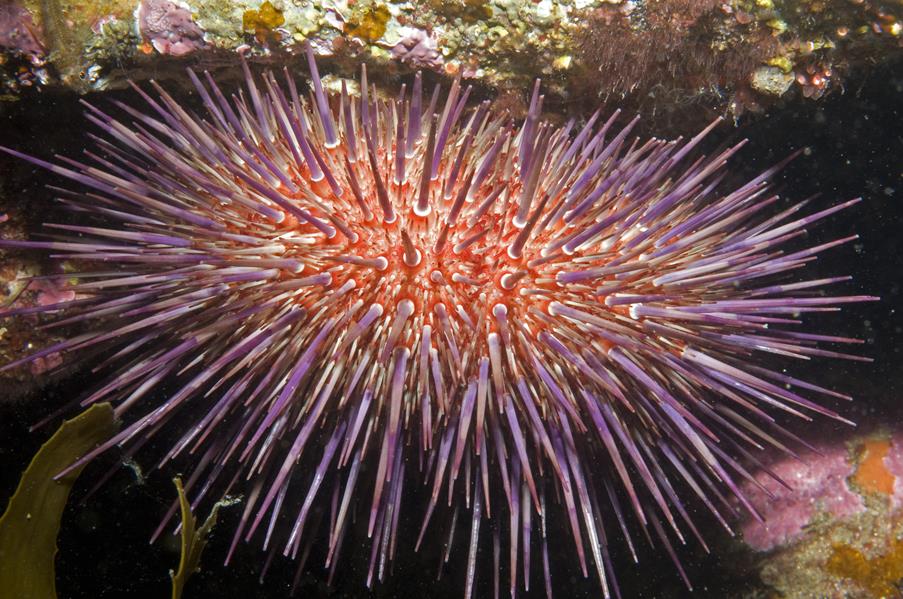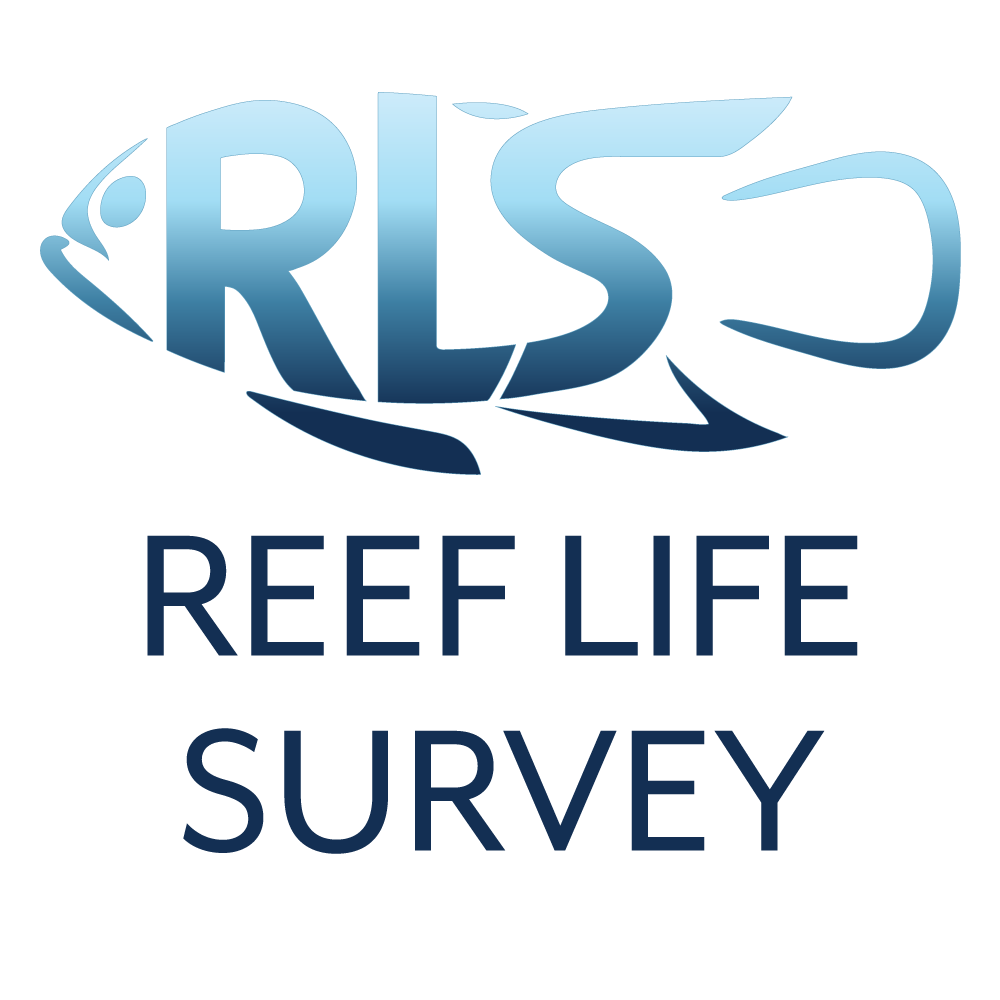
The status of overabundant sea urchin, Heliocidaris erythrogramma, in Port Phillip Bay in 2023-2024 was Very Good and the trend is Improving. This status is informed by the latest available time-series data indicating mean density. Due to their overabundances, this status uses a threshold of 8 urchins per square metre, above is scored as a Poor or Very Poor status. The confidence score for this data is Low.
The graph below shows the status as well as the Biological Quality Ratio score for each biounit. The biounit scores are displayed only to show the difference between the main area of Port Phillip Bay compared to the southern Port Phillip Heads,

Photo credit: Heliocidaris erythrogramma. Image by: Julian Finn / Museum Victoria, Rights/Licence: CC BY (Attribution).
the status score uses mean density across all sites. Urchins play a unique role in being both beneficial and harmful to reefs. Urchin barrens can be formed where ecosystem function and species diversity are reduced due to grazing pressure by urchins.
In Port Phillip Bay, the Shortspined urchin, Heliocidaris erythrogramma, can cause barrens, the status of other urchin species are reported separately in the Urchins section. It is important to consider algae and other benthic species cover changes through time with this data to understand urchin barrens.
The status was calculated using a Biological Quality Ratio from data provided by Reef Life Survey and the Victorian Subtidal Reef Monitoring Program. For more detail on how this status was calculated view the methodology section.
Data contributors and acknowledgements:


Page last updated: 30/10/25